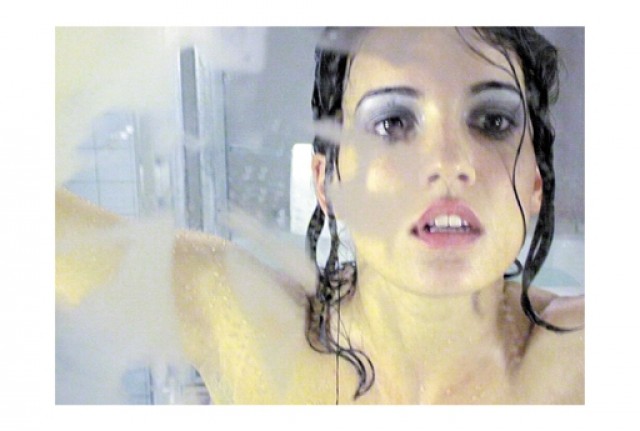Jennifer Ringley while not a photographer was an early user
of the digital camera to capture her day-to-day life in still imagery. Being
one of the first web cam users as well for online early blogging type purposes.
She began the images while in college (1996) and it ran until she shut it down
in 2003 when pay-pal changed some of its policies that would in turn restrict
what she did.
Natacha Merritt’s work is similar in style but rather than
using images to document her day to day life, in blog type format she chose to focus
on a certain aspect of her life to take images from. Image of her after sexual
encounters. It is an interesting contrast by only capturing moments from a
particular part of her life she is one of the earliest individuals to have an
online persona while her as an individual was a separate entity.
Henry Fox Talbot was the British inventor who was one of the
first to develop an analog photographic process, the Calotype. He is well known
for this as well as a famous dispute over whether it was the Calotype or the
Daguerreotype that was the first analog process. History mainly remembers that
Daguerre was the first and most famous of the early analog inventors, as Talbot
lost much of his support as the daguerreotype became more popular and investors
wanted a sure bet rather than to back a competitor that could lose them money.























.jpeg)
.jpg)